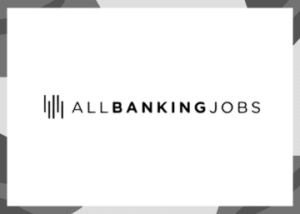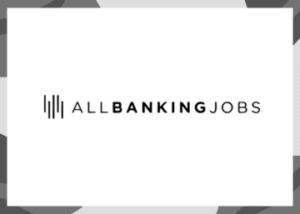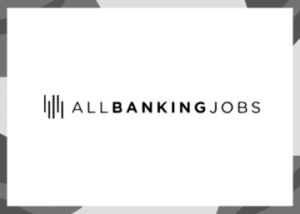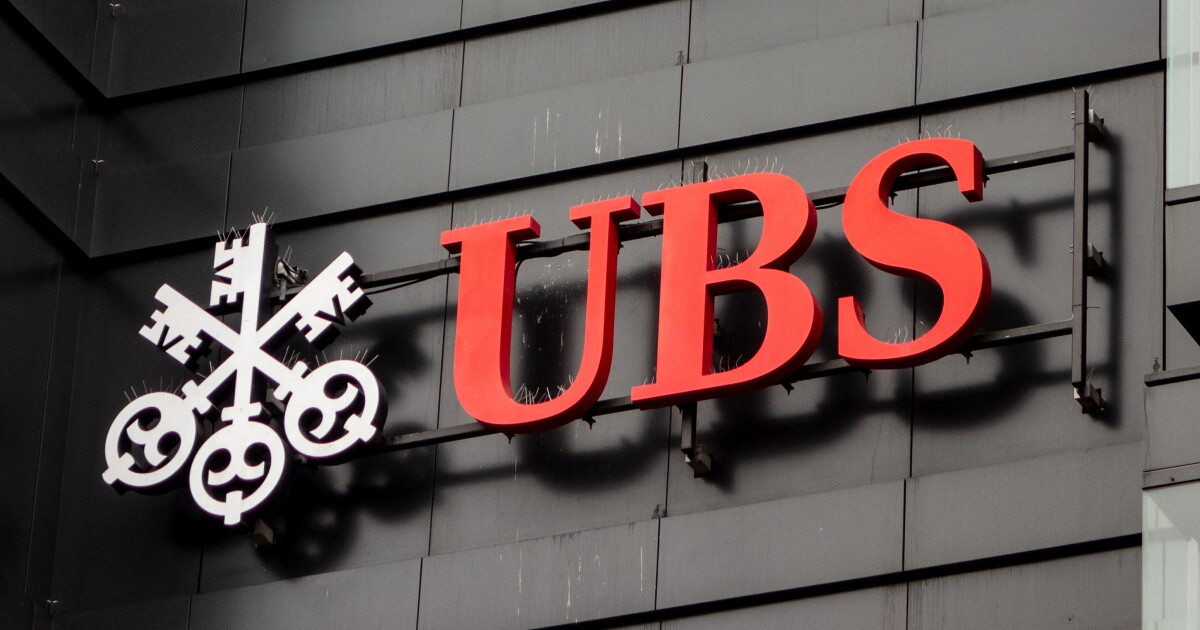Embracing Convergence in Banking
The world is rapidly becoming digital-first, with financial and communication services converging more than ever before. This trend has seen numerous banks and telecommunications companies joining forces to harness and benefit from this convergence. The driving force behind this large-scale digital convergence across industries is consumer choice. People appreciate the convenience of accessing a multitude of services and products from a single trusted source. Businesses can become that single trusted source more quickly through cross-industry collaboration and partnerships.
In this context, banks can exploit the convergence wave to become the primary choice for customers’ financial needs and beyond. The objective is to be integral to every aspect of a customer’s financial life, expanding beyond traditional banking to encompass all aspects of personal finance. With the support of partners, such as telecommunications companies, banks can empower customers to make more of their incomes, spend less and achieve their financial goals.
The Concept of a Financial Choice Hub
The vision is for the bank to become a go-to resource that consumers choose by helping them make better informed decisions. This is achieved by merging convenience with a full spectrum view, attractive deals, and most importantly, a deep understanding of the customers’ unique needs and goals. This could take the form of a financial choice hub where individuals can manage every aspect of their financial decisions. The financial choice hub centralises accounts, credit products, insurance, investment, budgeting and more. With the aid of generative artificial intelligence (GenAI) and Agentic AI enhancing the hub experience, consumers can interact with and manage their money in new ways.
At first glance, the financial choice hub may seem like a digital banking platform with aggregation tools. However, the hub delivers much more than account visibility and aggregation. It is essentially a finance-focused superapp enhanced with tools that proactively assist consumers in making better choices. The “choice” aspect is pivotal as customers choose their financial goals, the accounts they want to link, and which options to activate. However, with convergence and open finance, banks face the risk of new competitors, like fintechs or tech giants, encroaching on their domain if they don’t explore expansive options like a choice hub.
How a Financial Choice Hub Works
Here is an illustration of how a financial choice hub might work for someone who prioritises saving money. They choose to let the hub find deals for them based on their spending. When they want to make a purchase, the hub assists them in selecting the best overall payment option, even if it’s a card issued by another bank. This takes into account rewards, discounts, and volume incentives. This type of deal analysis helps establish trust and provides a reason to consult the hub for financial and other activities.
The hub can also assist customers in finding deals on frequently purchased items. A consumer who is a dog lover, for example, would have a range of loyalty programs offered by pet retailers. Using AI, the hub could analyse which retailer provides the best programme for the items they buy. AI also provides financial coaching that gives a comprehensive review of spending, helping customers gain a holistic view of purchases and save money.
Building a Successful Financial Choice Hub
The most successful financial choice hubs will make customer preferences their guiding principle. You can determine what your customers want by using partnerships to identify options that will appeal to your customer base. On the backend, you need an infrastructure, application, and engagement strategy that supports scalability and flexibility. Some foundational elements of a financial choice hub include:
- Open banking mastery: Leverage API-based access to customer data to enable the aggregation part of the hub. Many markets have regulations requiring you and your competitors to facilitate open banking. Instead of merely complying, aim to become a leading financial aggregator rather than just a provider of data that others aggregate.
- Seamless connectivity: 5G’s ultra-low latency can enhance transactions such as investment trading, mobile payments, and IoT-based services within the financial choice hub. Partnering with a telecommunications company for preferred connectivity can give you a competitive edge, particularly in markets with high data usage rates.
- AI-powered coaching and engagement: Conversational engagement simplifies everything from selecting the best payment method to managing everyday spending. AI agents can act on behalf of consumers, helping them fully exploit all the options in the hub.
- Dynamic product personalisation: Create and launch product propositions that match customers’ immediate needs and preferences. Automation and product bundles can deliver the products customers want when they want them.
- High-value partnerships: Collaborate to offer a wide range of financial and non-financial products within the choice hub. Start with partnerships that complement and strengthen your core product offers. For example, augment banking services for small businesses by including options such as accounting and payroll services in the financial choice hub.
Charting the Future of Financial Choice
As convergence accelerates, banks have a unique opportunity to evolve into trusted financial choice hubs, centralising services, deepening engagement, and delivering proactive value. By embracing modular infrastructure, AI-powered personalisation, and strategic partnerships, banks can meet customers where they are and guide them towards smarter financial decisions. The path forward isn’t just about expanding offerings, it’s about building ecosystems that empower choice. Now is the time to explore fintech partnerships that help bring this vision to life.
Pablo Cella is Division President and General Manager for the Business Division Studio at Amdocs
Source: Here






